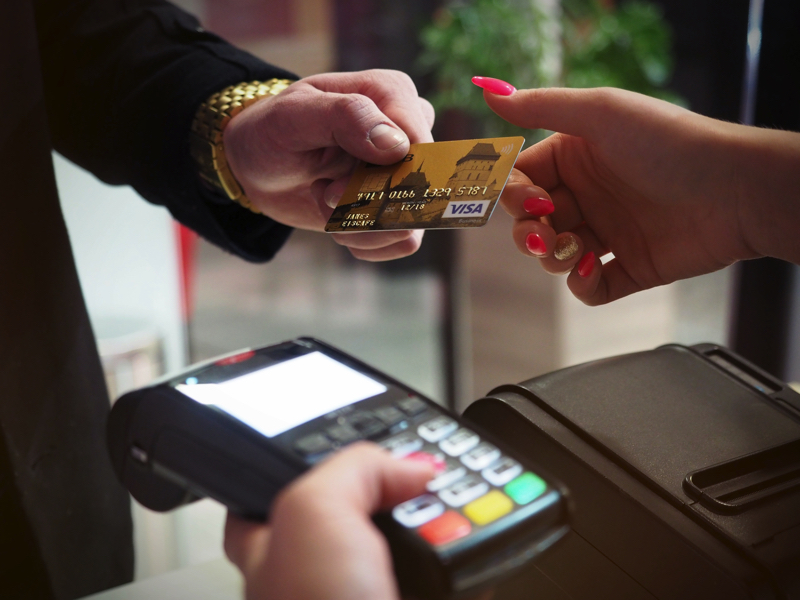
Buy Now, Pay Later (BNPL) services have revolutionized the way consumers make purchases, providing flexible payment options and disrupting traditional credit systems. As technology advances and consumer behavior evolves, the future of BNPL holds immense potential and promises significant changes in the realm of consumer finance. In this article, we explore the key trends and potential developments that will shape the future of BNPL.
- Market Expansion and Increased Adoption
BNPL services have already gained widespread popularity, especially among younger generations who prioritize flexibility and convenience. The future will witness further market expansion, as BNPL providers penetrate new sectors and markets globally. As traditional credit cards face challenges, BNPL will continue to attract more merchants and consumers due to its ease of use and instant approval processes. Additionally, the integration of BNPL into e-commerce platforms and mobile payment systems will further fuel adoption rates.
- Collaboration with Established Financial Institution
To leverage the growing demand for BNPL services, established financial institutions are likely to collaborate or acquire existing BNPL providers. This collaboration will enable traditional banks to tap into the potential of BNPL and gain a competitive edge in the evolving consumer finance landscape. Conversely, BNPL providers will benefit from the expertise and regulatory infrastructure of established institutions, helping to enhance their services and build trust among consumers.
- Enhanced Personalization and Customer Experience
In the future, BNPL providers will leverage advanced data analytics and machine learning algorithms to deliver highly personalized customer experiences. By analyzing consumer spending patterns and preferences, BNPL platforms will offer tailored payment plans and recommendations. This approach will improve the customer journey, fostering loyalty and satisfaction. Moreover, improved user interfaces, streamlined approval processes, and real-time support will further enhance the overall customer experience.
- Integration of Sustainability Initiatives
As environmental consciousness grows, BNPL services will integrate sustainability initiatives to appeal to socially responsible consumers. Providers may partner with sustainable brands or offer incentives for eco-friendly purchases. Additionally, BNPL platforms can encourage customers to offset carbon emissions related to their purchases, contributing to a greener future. The integration of sustainability in BNPL services will align with consumer values and create a positive social and environmental impact.
- Expansion into Brick-and-Mortar Stores
While BNPL initially gained popularity in online shopping, its future lies in expanding to brick-and-mortar stores. To cater to in-store purchases, BNPL providers will develop partnerships with retailers, enabling customers to use BNPL options at the point of sale. This move will bridge the gap between online and offline commerce and offer consumers flexibility and convenience regardless of their preferred shopping channel.
- Regulatory Scrutiny and Consumer Protection
As BNPL services continue to grow, regulators will scrutinize their practices to ensure consumer protection. Stricter regulations may be implemented to prevent predatory lending practices and improve transparency. BNPL providers will need to comply with these regulations, enhancing their risk assessment processes, providing clear terms and conditions, and promoting responsible lending practices to protect consumers from accumulating unmanageable debt.
Conclusion
The future of Buy Now, Pay Later holds tremendous potential for transforming the consumer finance landscape. As BNPL services expand globally, collaborate with established financial institutions, enhance personalization, integrate sustainability initiatives, and enter brick-and-mortar stores, they will reshape the way consumers make purchases. With a focus on regulatory compliance and consumer protection, BNPL services will continue to offer flexible payment options while safeguarding the financial well-being of users.






